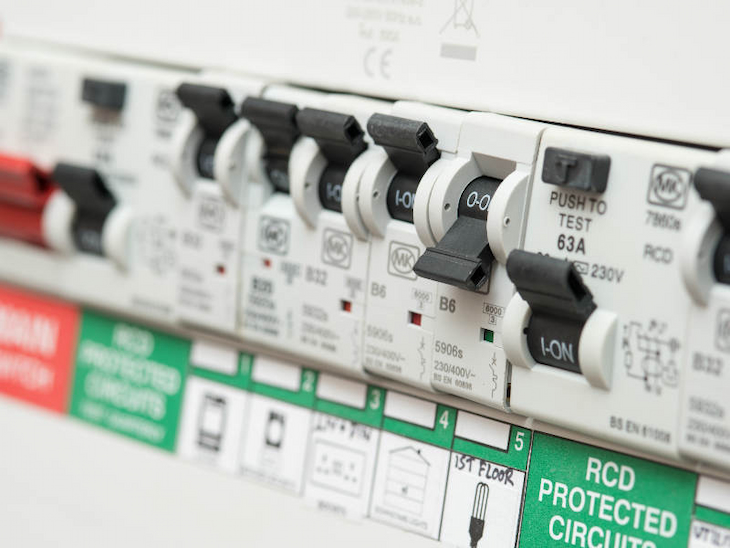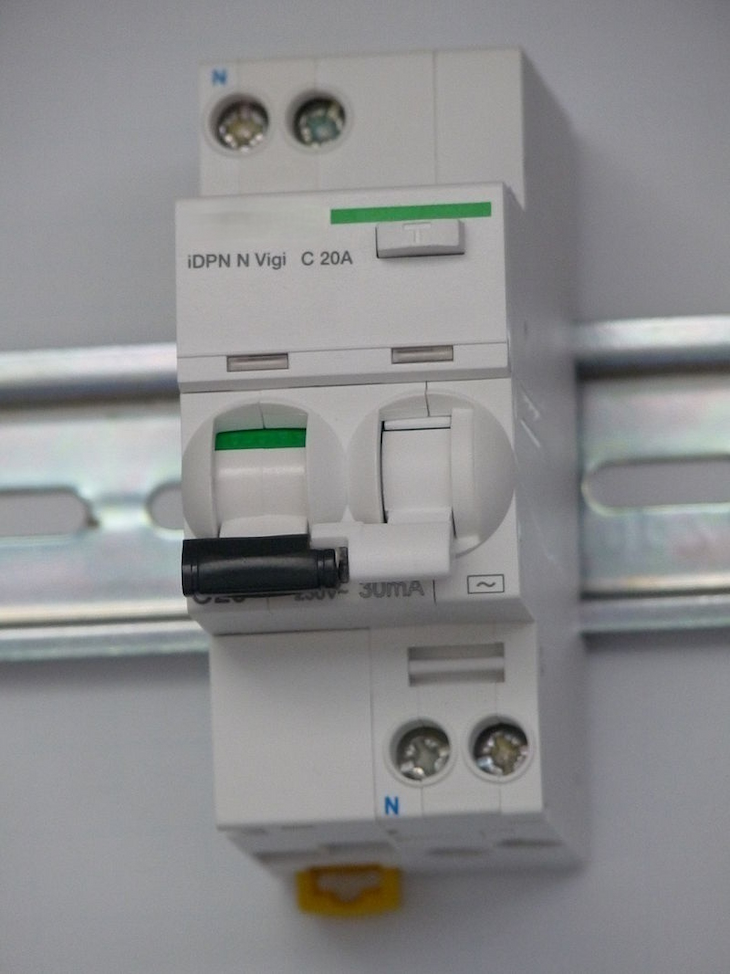What are RCDs?

Residual current devices, also known as RCDs are at the heart of all modern electrical systems. They are used to prevent electric shocks and fire by stopping current from flowing into an un-insulated part of the system when it is not intended to do so. The residual current device is one of the most important safety devices in any household and industrial environment, but despite its importance, many people don’t know what they actually are or how they work.
RCDs come in all shapes and sizes but they typically consist of two parts: a voltage-sensitive element (VSE) and a ground connection. The VSE is typically made from a high resistance metal oxide such as zinc oxide or sometimes even carbon, which becomes conductive when there is an electrical voltage across it. When this happens, the RCD will stop current from flowing through the circuit unless the circuit is properly grounded.
The function of the ground connection is to provide a path for any stray currents that may leak through the insulation of wires in the circuit. This prevents them from flowing through any person or object that may accidentally come into contact with the live wire.
Most RCD’s have three pins: a live wire passes through a high resistance VSE which stops it from carrying any stray current, and then on to a grounding pin which connects to the earth’s potential. The second pin is connected to a monitoring circuit which detects when there is an imbalance between the voltage coming in and going out of the device and triggers the rapid shutdown function if necessary. This additional safety feature prevents overheating and possible fire in case of a short circuit, which can be dangerous if left unchecked.
RCDs are used in all electrical systems including mains power, low voltage circuits such as a 230 VAC to 12 VDC converter for electronic devices and even battery chargers for portable electronics. They are especially important when there is no earth connection or where the earthing system is unreliable. In these cases, the RCD acts as a safety net preventing any stray currents from flowing through people or into the ground.
In the past, RCD’s have been called many names including trip switches and GFI (ground fault interrupters), but these terms are no longer in common use as they are misleading. A trip switch implies that it has a manual function for turning on or off an electrical circuit which is not true of RCDs. Likewise, GFI stands for “ground fault interrupter” which suggests that the device itself stops current flow when there is a fault with the circuit. This is also untrue of RCDs as they do not detect faults, they only stop current flow when it is unintended.
MOV vs Solid-State

RCDs are very simple devices and can be manufactured in many ways including using semiconductors or discrete components such as diodes. However, the most common type of RCD available today is a metal oxide varistor (MOV), which uses a thin layer of high resistance metal oxide sandwiched between two electrodes made from a low-cost material such as alumina or aluminium oxide. It is in this layer where the current flow passes through and becomes blocked when there is an imbalance between voltage coming into and going out of the device.
The MOV works by allowing a small leakage current to pass through its insulation until it detects that there is too much current flowing into or out of the circuit, at which point it shuts down abruptly to prevent any further damage or fire. This happens very quickly and therefore MOVs are commonly used in RCDs as they are very fast in stopping current flow.
The main advantage of MOVs is that they can be used in both AC and DC circuits, which makes them ideal for use in many different applications including electronic devices such as a laptop charger or battery chargers for portable electronics. The second most common type of RCD is the solid state RCD which uses semiconductor technology to detect unwanted current flow. This includes transistors, diodes and sometimes even optocouplers which are all integrated into a single component to detect current flow in the circuit and shut it down if necessary.
The solid-state RCD is smaller, more efficient and requires less power than the MOV type but they cannot be used in both AC and DC circuits, making them less versatile for use in electronics. However, they are still used in many industrial applications where higher voltages and currents are present.


















